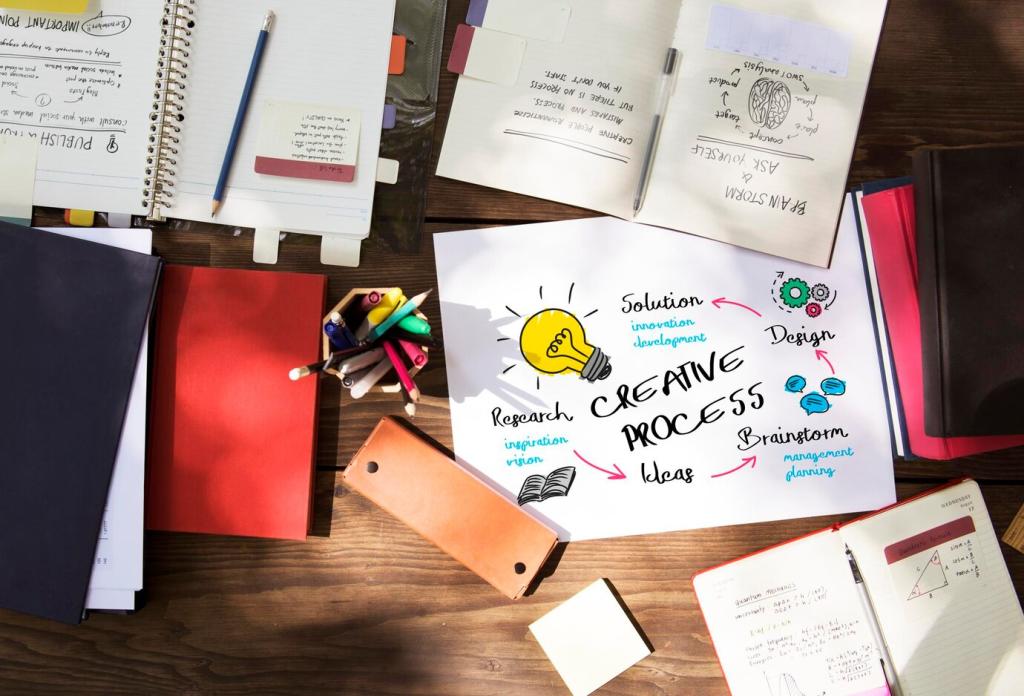
Make Furniture Shine With Words
Selected theme: Crafting Compelling Product Descriptions for Furniture. Welcome! Today we’ll transform seats, tables, and storage into irresistible stories that customers can feel, imagine, and trust. Read on, try the prompts, and share your examples—your best lines might inspire our next guide.


Know Who You’re Writing For
Sketch clear personas: the apartment dweller maximizing space, the busy parent craving wipe-clean durability, the design collector chasing heirloom quality. Give each a name, room layout, and pain points, so your furniture descriptions answer real lives—not abstract ideas. Share your persona notes below.
Know Who You’re Writing For
Describe a weeknight: homework at the table, a laptop beside a cooling teapot, crumbs brushed easily from a chamfered edge. Show how the piece fits routines, rituals, and small joys. Invite readers to imagine their own scene and comment with a detail you missed.
Write With the Five Senses
Texture and touch vocabulary
Swap generic ‘smooth’ for ‘silky, hand-sanded ash that warms under the palm.’ Replace ‘soft cushion’ with ‘medium-density foam that gently rebounds after a long read.’ Share your go-to texture words in the comments, and we’ll compile a crowd-sourced glossary for future posts.
Build and joinery specifics
Specifics build trust: mortise-and-tenon joints, kiln-dried frames, corner blocking, dovetailed drawers. One subscriber told us a single phrase—‘solid oak rails, not veneer’—lifted conversions because it answered an unspoken doubt. Which build detail do your readers ask about most? Tell us below.
Color, light, and patina in context
Colors shift by room. Say ‘walnut with honey undertones that glow at golden hour’ or ‘matte black that reads rich, not glossy, under cool LEDs.’ Note how finishes develop patina with touch. Invite readers to share their wall paint and lighting to get personalized color guidance.


Make Dimensions Meaningful
Instead of ‘30 inches high,’ try ‘armrest aligns with most dining tabletops, so plates rest comfortably without an awkward reach.’ Compare widths to standard door frames, mattresses, or place settings. Drop your favorite comparison tricks, and we’ll feature the most helpful ones next week.
Make Dimensions Meaningful
Suggest clearances: ‘Leave 36 inches behind the chair for a smooth pull-back.’ Mention flow: ‘Slim legs maintain airiness in narrow halls.’ A reader once avoided a return thanks to a single line—‘fits under windowsills 28 inches or higher.’ Share your clever clearance tips.
Tell the Origin Story
Describe the maker’s hands: ‘Edges eased twice—once by machine, once by hand—to soften every touchpoint.’ Show a small ritual, like labeling lumber batches to match grain. Readers love honest process. Do you have a behind-the-scenes detail? Post it and inspire a fellow writer.
Be specific: FSC-certified oak, water-based finishes, repairable components with replaceable glides. Share impacts you can quantify, and avoid vague ‘eco-friendly.’ One brand’s line—‘ships flat to cut freight emissions by 30%’—sparked more replies than any adjective. What measurable claim can you make?
Paint a scene grounded in reality: a coffee ring that wipes clean, a nook lit by a thrifted lamp, a throw folded over the chair back. Aspirational, yes—but livable. Invite readers to submit a photo prompt, and we’ll write a mini scene for it in our newsletter.
SEO That Serves Humans First
01
Intent-driven keywords that read naturally
Blend terms like ‘solid wood dining table,’ ‘compact entry bench,’ and ‘stain-resistant performance fabric’ into sentences that help, not stuff. Use customer vocabulary from chats and emails. Share two keywords you struggle to fit gracefully, and we’ll brainstorm human-sounding sentences together.
02
Scannable structure for quick decisions
Lead with a benefit-packed first sentence, then bullets for essentials: materials, dimensions, care. Keep paragraphs short. Use subheads that mirror shopper questions. Readers skim; your structure should guide their eyes. Want a template? Comment ‘template’ to get our one-page layout by email.
03
Rich data, accessibility, and trust signals
Add precise alt text, descriptive filenames, and schema for products and materials. Explain care plainly to reduce post-purchase anxiety. Accessible copy widens your audience and reduces returns. Tell us which accessibility improvements you’ve made recently—we’ll highlight practical wins the community can copy.
Conversion Craft for Furniture
Open with the outcome: ‘A compact table that expands when company drops by.’ Follow with proof: materials, mechanism, and durability. One team swapped ‘oak table’ for ‘kiln-dried Appalachian white oak’ and saw click-throughs climb. Share a headline you’re testing; we’ll suggest two stronger variants.


Conversion Craft for Furniture
Tiny lines do heavy lifting: ‘Fabric resists pilling after 20,000 rubs,’ ‘Legs arrive labeled for 10-minute assembly,’ ‘Glides included to protect floors.’ These details respect the shopper’s time and home. Post your best microcopy win—we love celebrating the small lines that convert.
Test a headline’s benefit angle, a first-sentence hook, or a sensory descriptor. Keep variants controlled and time-bound. Share your latest test idea in the comments, and we’ll propose a clean hypothesis and success metric you can apply this week.

